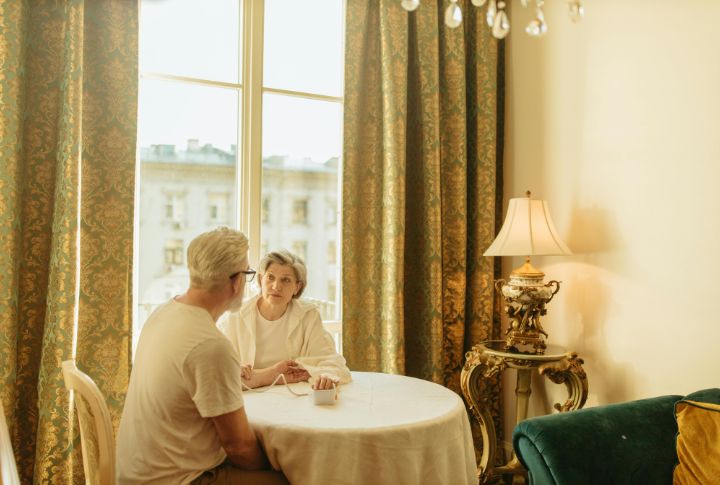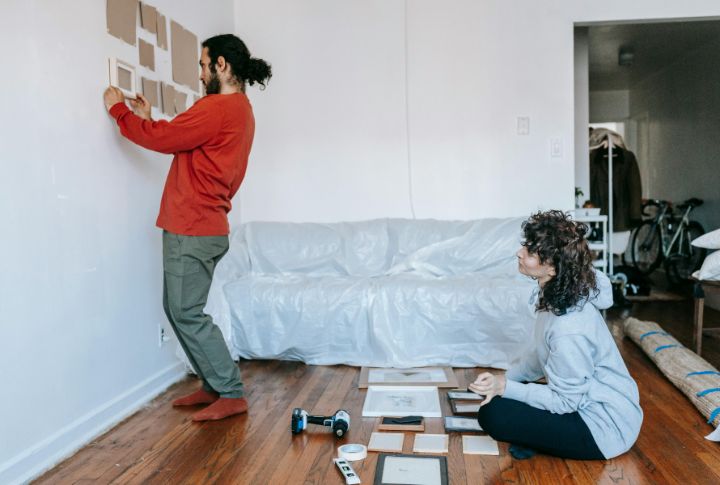
Home design frequently bends to resale value, and in chasing universal appeal, the home stops feeling personal. Warm tones are swapped for generic palettes as bold choices fade and sentimental touches are quietly removed. While trends drive decisions, comfort and individuality get sidelined. And that trade-off rarely benefits the people actually living there.
Building For The Next Owner Instead Of The One Who’s Already There

Future buyers don’t cook in your kitchen or relax in your living room. You do. So, designing for someone else turns personal spaces into placeholders. That approach also delays comfort and disconnects you from your home. Focus on what works for you, not on who might live there later.
Prioritizing Price Over Emotional Connection

Focusing on resale often shifts attention away from how a space actually functions. Sentimental items are removed. Familiar routines are disrupted. As emotional connection weakens, usability declines. In many cases, homes renovated for resale often undergo another redesign within five years due to poor long-term livability and lack of attachment.
Neutralizing Every Space Until It Feels Lifeless

Market trends say play it safe. Beige is timeless, and muted walls sell. Yet the more neutral you go, the more forgettable your settings become. Plus, color psychology suggests that muted neutrals suppress warmth and personality. Small design risks, like jewel-toned curtains or textured wallpaper, could’ve made the home feel alive.
Sacrificing Uniqueness For Universality

In the name of resale, homes often shed the very quirks that once made them unforgettable. A 2023 Zillow study found that homes with neutral palettes sell faster, but at what cost? Bland choices make interiors forgettable. Your home shouldn’t feel like a product on a shelf.
Letting Market Trends Dictate Your Home’s Personality

Shiplap looks fresh now. So did Tuscan kitchens in 2004. Trends feel safe while they last, then suddenly look outdated. Designing around hype leads to short-lived appeal. However, when you follow your own instincts, the place you live in stays relevant longer. Authenticity rarely needs a makeover to feel current or lived-in.
You Might Never Sell It Anyway

The home you design for resale may become the place you grow old in. Life rarely follows a script, so investing in decor that brings you joy is never wasted. Each day reflects you. And if selling happens later, authenticity often connects with buyers more than staged, standardized perfection.
Attachment To Spaces Boosts Happiness

Psychologists call it place attachment. It’s the emotional bond people build with their homes. When familiar objects and personal touches fill a space, comfort grows. In fact, this sense of belonging reduces stress and boosts happiness. That’s why designing for personal joy matters more than resale value.
Resale-Driven Upgrades Don’t Always Offer High Returns

Plenty of homeowners bank on renovations boosting resale value, but the 2024 Cost vs. Value Report says otherwise. Swapping garage doors brings a 194% return; steel entry doors hit 188%. Big kitchen makeovers? Not so much. Sometimes, it’s smarter to invest in what makes daily life better instead of chasing returns.
Living In A Showcase, Not A Sanctuary

When every room feels staged, daily life can start to feel performative. You hesitate to leave out a cozy blanket or display a quirky heirloom, fearing it’ll “clash” with the curated look. Homes should invite ease, not demand upkeep to impress hypothetical guests who may never come.
Future Buyers Often Want To Redesign Anyway

Resale value drives many design choices, but buyers rarely keep those market-friendly updates. Neutral walls get painted over. Kitchens get gutted. The effort to appeal to everyone rarely pays off long-term. In most cases, it’s smarter to create a home that feels right while you’re living there.
